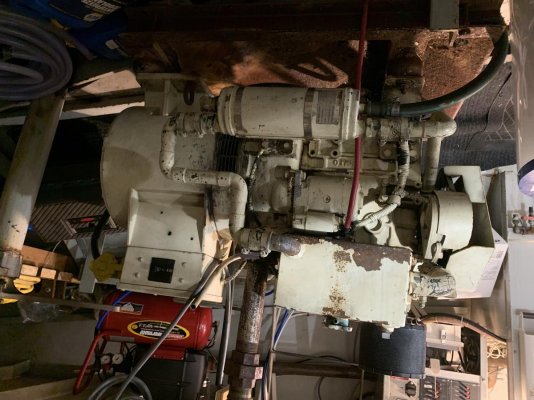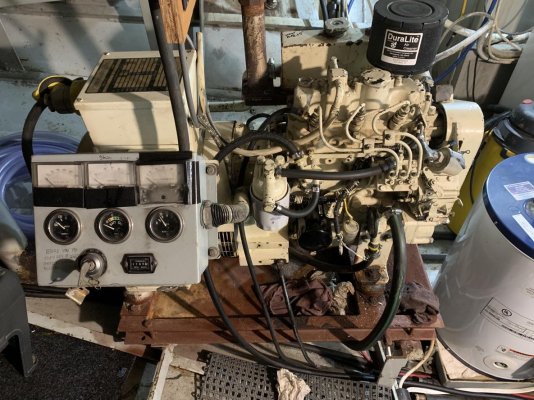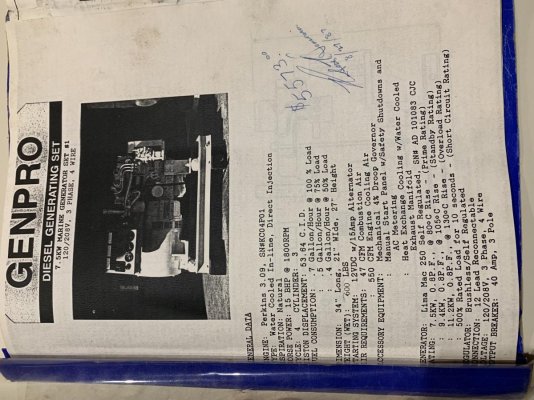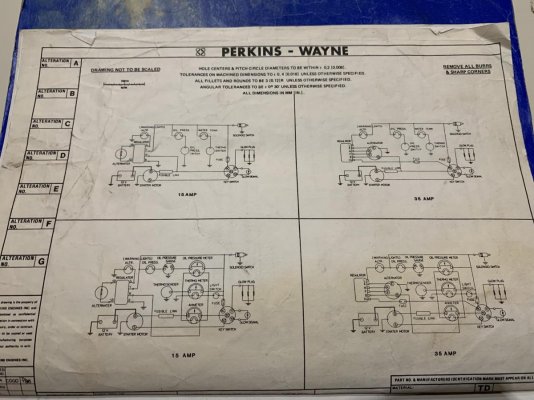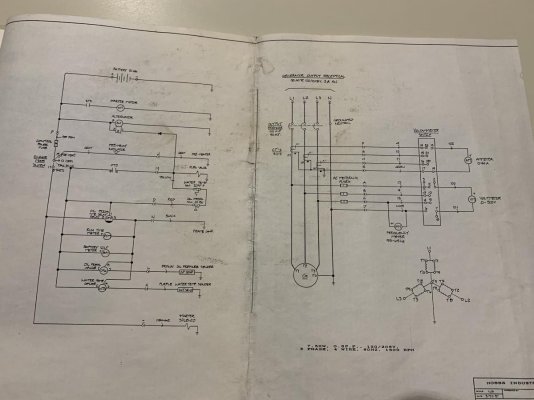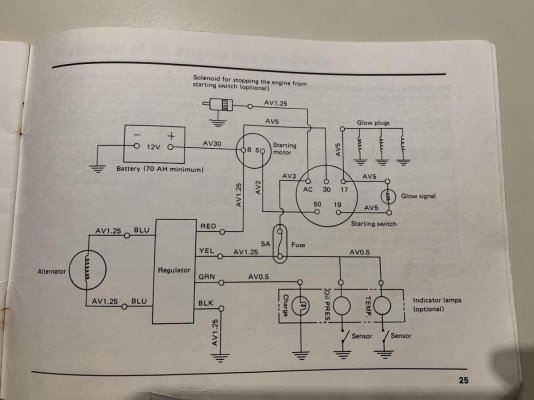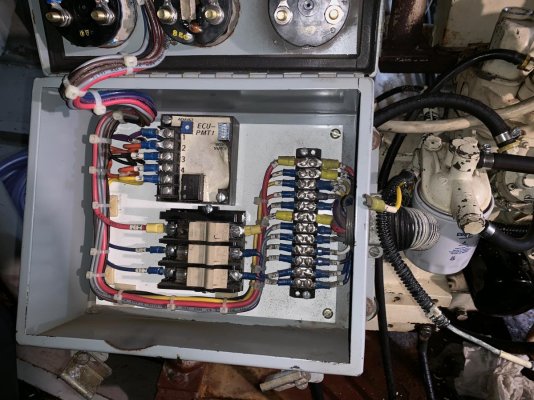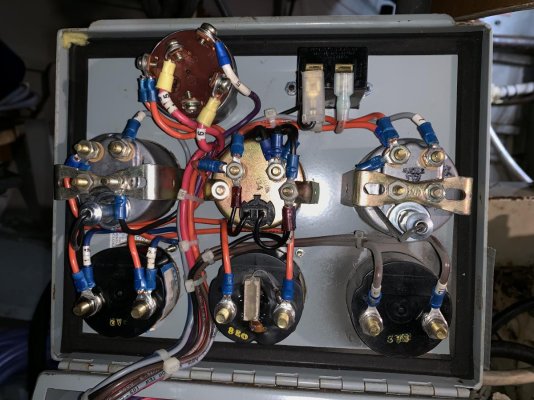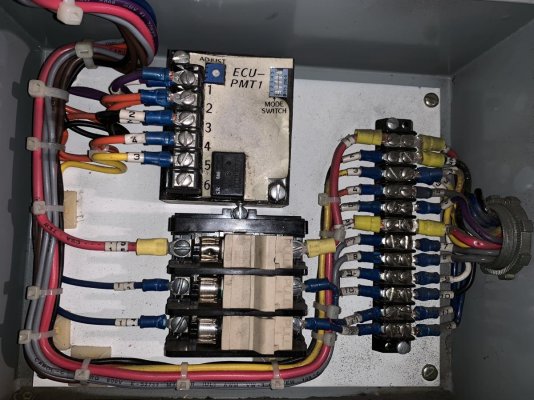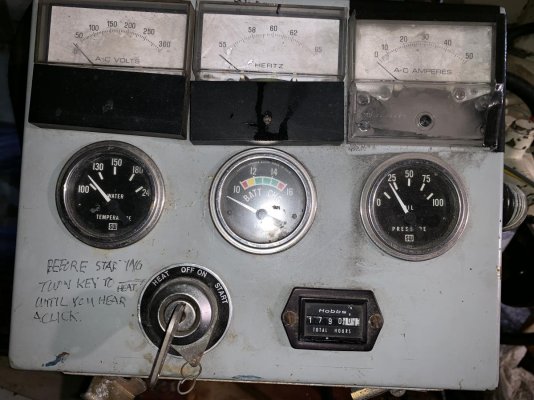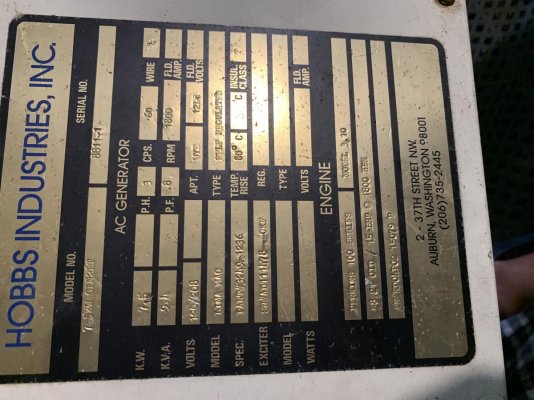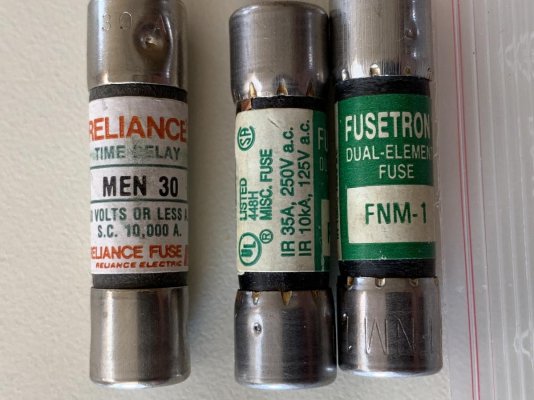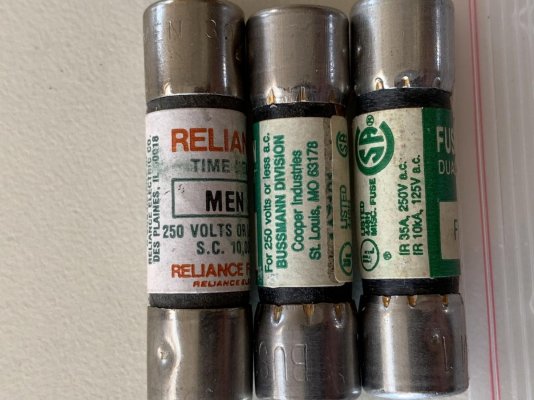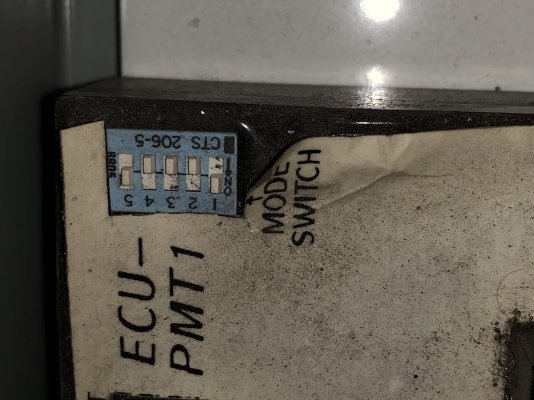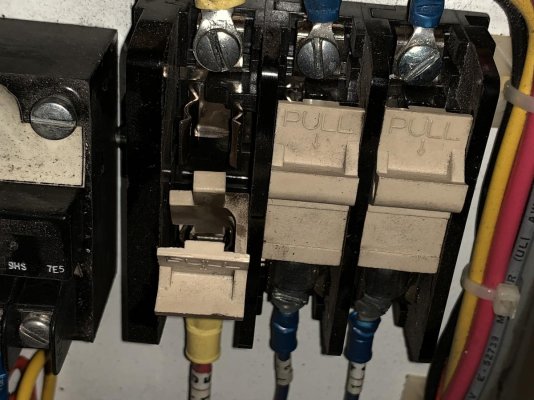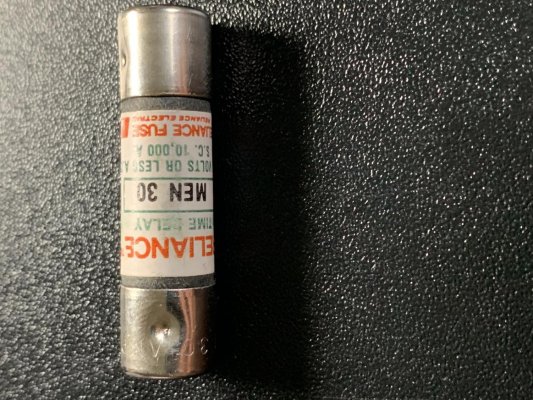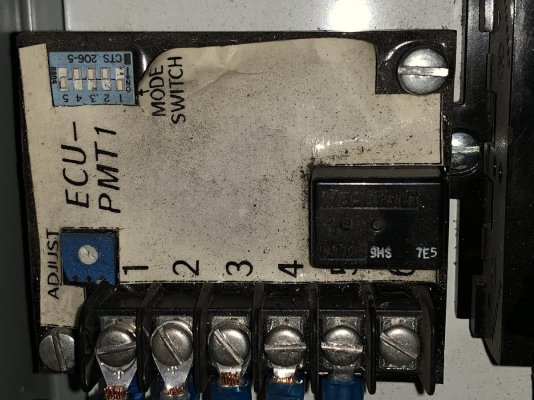LeoKa
Guru
This does not make sense to me. The solenoid is either power to run or power to shutdown. Since you now have to shut it down with a stick says power to shutdown. But if that was true and the solenoid power was bad, the engine would run forever.
Unless a sensor was going bad and telling the solenoid to shut the engine down. Or worse, an actual bad engine condition causing the engine to shutdown. So what your mechanic did was effectively bypass all of the protective trips. Ok for troubleshooting but a disaster waiting to happen if something bad exists.
So while the engine was running:
Adequate water flow out of the exhaust?
Coolant temp normal on gauge?
Exhaust riser temp <200F?
Normal oil pressure on gauge?
I am confused, too. The mechanic had limited time, so he could not continue. I was not on the boat, so I don't know the answers to your questions. I'll be there tonight and I can run it, but I don't want something bad to happen. If I do run it for a short time, I could look up the results.
The mechanic said that there is no power to the solenoid whatsoever. The solenoid was functioning fine removed and connected to a battery directly, but not on the gen. It does not get power.

